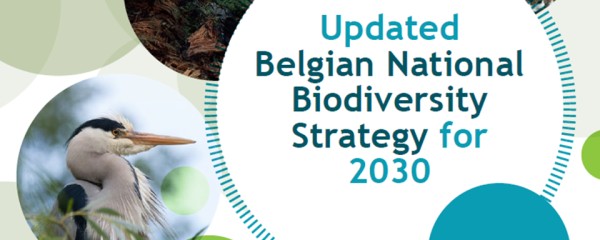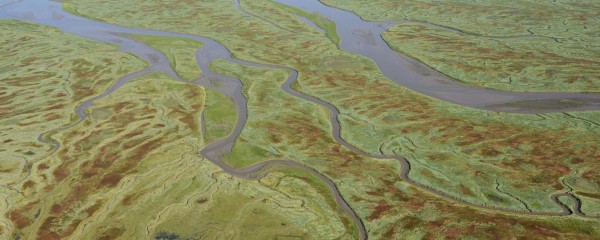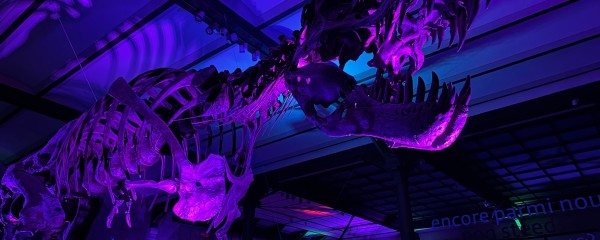22 species added to the European list of invasive alien species
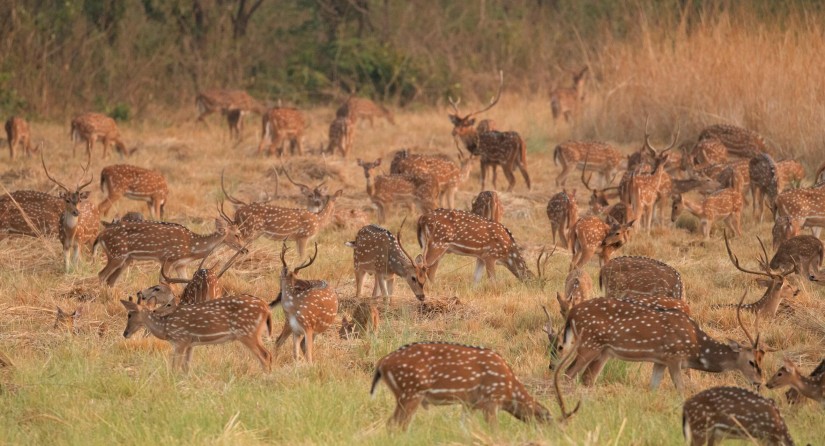
A third update of the list of invasive alien species of European concern (the European List) has been published in the Official Journal of the European Union on 13 July 2022. This update adds 22 new species, both plants and animals, to the European list, that already included 66 species for which the EU Member States must limit the negative impact to the extent possible. Some of these species are still absent or very rare in Europe, but their introduction and proliferation could cause significant environmental damage. In this context, prevention, rapid intervention and solid management are crucial.
Invasive Alien Species
Invasive alien species, also known as invasive exotic species, are species that establish perennial and autonomous populations outside their native range as result of human intervention and pose a significant threat to biodiversity, and potentially also to ecosystem services (such as plant production, water purification or pollination), human health and economic activity.
Various human activities can cause species to spread beyond their normal range. Such introductions can happen both intentionally and unintentionally. Important mechanisms include the trade in plants and animals which may escape and establish themselves at their new destination, the worldwide transport (by land, sea or air) of products in which stowaways can be present, and natural dispersal of species along unnatural landscape features such as roads and canals. Sometimes holidaymakers take exotic plants or animals home, while breeders and hunters have also been known to deliberately transport exotic species from one region to another.
However, not all species that arrive in a new environment in one of these or other ways succeed in establishing viable populations, let alone cause problems for indigenous species. Roughly 10 to 15% of alien species arriving in Europe become invasive and locally over-abundant, often because predators or parasites that would normally keep them in check are absent in their new environment. Where this is the case, their negative impact may be due, for example, to predation on native species, competition for food, water, light or breeding sites, the spreading of diseases, and result in environmental degradation. Only in such cases do we speak of biological invasions, and are the newcomers labeled invasive alien species.
Dealing with Species of European Concern
As invasive alien species do not respect administrative borders, and as their impact can be greatly mitigated through concerted action across national borders, the European Union published a Regulation on Invasive Alien Species in November 2014 (Regulation (EU) No 1143/2014). The Regulation establishes a coordinated EU-wide framework for action to prevent, minimise and mitigate the adverse impacts of invasive alien species on biodiversity and ecosystem services, and limit their damage to the economy and human health. The EU list of invasive exotic species is the core element of the regulation. Until recently, 66 species were already included on this list.
Three distinct types of measures can be distinguished, that relate to preventing introductions of new invasive alien species, to installing early warning and rapid response mechanisms, and to the management of already established invasive alien species. As management becomes much more complex and costly once an invasive alien species is widespread, preventing the introduction of new species or their spread within the territory is the most effective measure. Member States are responsible for enforcing a range of obligations for each of the listed species, including a ban on import and marketing, a ban on keeping and breeding, the prohibition of introduction into the wild, the obligation to monitor populations, and the obligation to eradicate or manage populations.
22 New Species
In the voting round of 19 May 2022, the European Member States agreed to add 22 species to the EU list of invasive alien species. Some statistics:
- 17 animals (2 mammals, 1 bird, 1 reptile, 1 amphibian, 6 fish, 4 insects, 1 crustacean, 1 mollusc), 4 plants and 1 algae
- 3 species from marine or brackish environments, 9 from freshwater environments and 11 terrestrial species
- In total, 11 species could become established under current climatic conditions of which 3 are already established (Himalayan knotweed, Staff vine, African clawed frog). Under future climatic conditions, 5 more species could establish, of which 1 species has already been observed in the wild (Pistia stratiotes). 6 others cannot establish in the wild in Belgium (principle of solidarity between member states under European regulations - for example: it makes sure an invasive species cannot be bought in one country, and then be transported to another country where it causes problems)
- 7 species are still absent from Europe (e.g. the Golden mussel, three of the fire ants species Solenopsis spp.), but were listed to ensure increased vigilance for their appearance to prevent the anticipated problems should they get established
Consequences for citizens and shops
The update of the EU list will enter into force on 2 August 2022, and the new rules and restrictions will start to apply from that date onwards. This does not mean that one will have to get rid of the animals or plants of the newly listed species that one owns, or that these organisms all need to be exterminated. Animals can be kept in captivity until the end of their natural life, with a few restrictions. They must not be able to reproduce and of course they must not be able to escape. Plants of newly listed species can currently remain in your garden, but you need to make sure that they do not spread in the wild.
For four species, the inclusion on the EU list will enter into force after a transition period of 2 to 5 years. This is justified by the use of the species for scientific research (for Xenopus laevis and Fundulus heteroclitus) or to take into account long-term investments of plant growers (for Pistia stratiotes and Celastrus orbiculatus). For the other species, shops can still sell their current stock until one year after the species are listed.
Some example species
Axis deer (Axis axis)
The axis deer is a species of deer native to the woodlands of India, Sri Lanka, Bangladesh and Nepal. It was historically introduced into Europe as a game animal, and today the species is both used for its meat and kept as a pet. When its populations in the wild become too large, they impact on local vegetation, eliminate food sources for native herbivores and increase erosion. They can also carry diseases or parasites that can be transmitted to humans and cattle. Currently, the species is only present in the wild in the Czech republic, but it is kept by private owners and animal parks throughout Europe, including in Belgium. As escape from captivity is considered the most likely route of introduction, listing the species at European level should ensure that the species does not establish in Belgium.
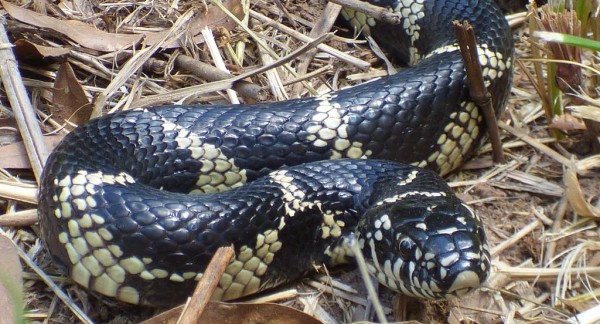
Common kingsnake (Lampropeltis getula)
Lampropeltis getula is a species of snake native to North America that is popular in the ‘new pet’ trade. The species has already been observed in Belgium in the wild occasionally but is generally not able to establish viable populations - except under some very specific conditions, such as along railways.
Nevertheless, it is capable of establishing in the Mediterranean region and is already present in the Canary Islands on the island of Gran Canaria where it decimates the native reptilian fauna. This snake can be a threat to many native European species (amphibians, reptiles, small mammals, ...) on which it feeds. It is therefore mainly on the basis of the principle of solidarity at EU level that this species is listed to prevent transport of the species from one country to another.
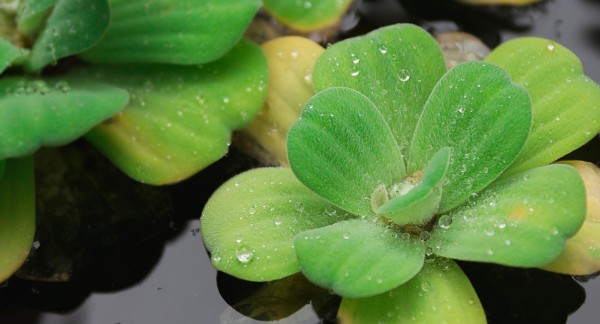
Water lettuce (Pistia stratiotes)
The water lettuce is a free floating aquatic plant that is often introduced in garden ponds for ornamental purposes. It can however form very dense mats at the surface of waterbodies. This species poses a major concern as it can eradicate the native aquatic vegetation and create anoxic conditions detrimental for the fish and other aquatic animals.
It is currently casually present in Belgium, but not able to establish viable populations as it is sensitive to frost. It is however foreseen that in the future - with climate change - the species will be able to survive our winter and establish in our aquatic systems.
Mummichog (Fundulus heteroclitus)
The mummichog is a small fish living mostly in brackish waters of saltwater marshes, estuaries and nearby freshwater habitats. It is an omnivorous fish which can potentially affect a multitude of native, threatened species in various habitat types. The species tolerates extreme pollution and wide physical conditions which makes it a model species for scientific research. In Europe, it was also a popular fish for aquariums and used as bait for angling, although the latter was already forbidden in Belgium. While the species cannot be traded as an aquarium fish anymore, permits could still be granted under strict conditions for scientific research.
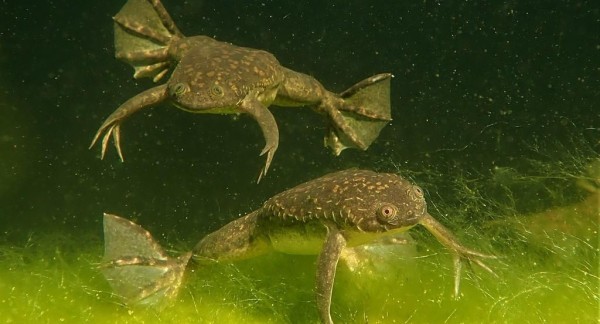
African clawed frog (Xenopus laevis)
The African clawed frog is an aquatic amphibian that is easy to rear in aquariums thanks to its high reproductive potential and its resistance to most pathogens; it is often held as a pet and used as a laboratory animal in Belgium as in many other countries. Escapes have formed viable and invasive populations in many climates, where individuals are generalist aquatic carnivores, predating on invertebrates, amphibians and fish.
A single established population is known in Belgium in the Comines-Warneton area since a few years, just next to the French border. To ensure the species does not get a bigger foothold in the Union, aquiring new specimens of the African clawed frog will not be allowed anymore after it will become listed - with a delay of 2 years to ensure the scientific community has enough time to look for alternatives or obtain derogation permits for scientific research.
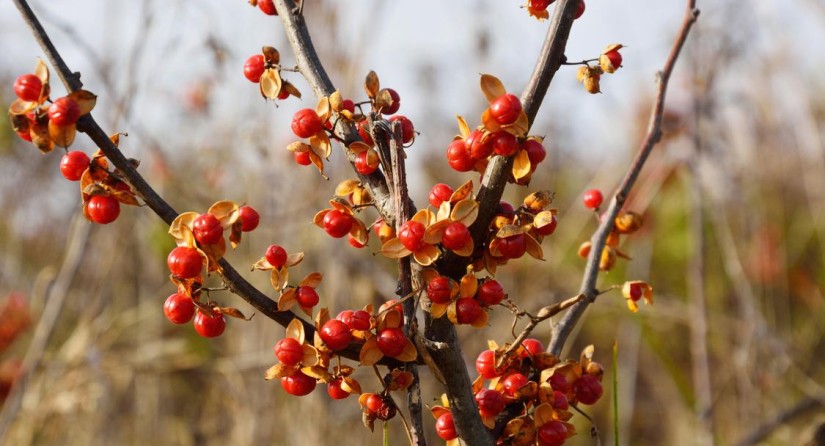
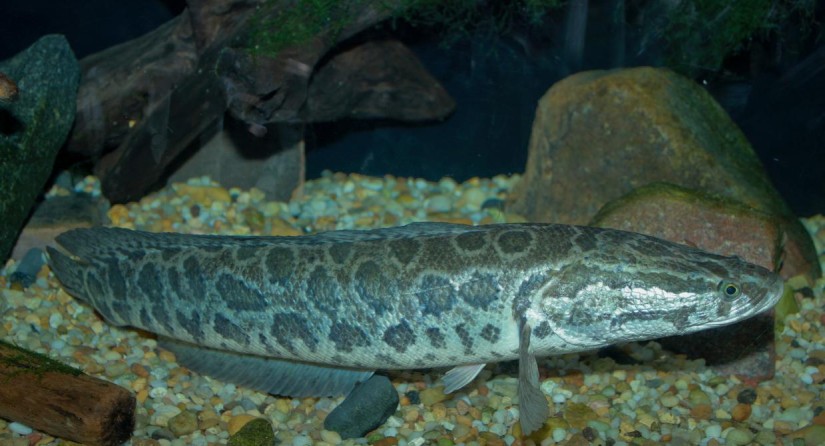
In Belgium, competences pertaining to the execution of the EU Invasive Alien Species (IAS) Regulation are divided between the three Regional authorities and the Federal State. Since invasive alien species do not adhere to administrative borders and since most of the provisions laid down in the EU Regulation require some level of coordination to ensure coherence and legal security, the competent authorities signed the first Belgian cooperation agreement on nature conservation in 2019. This cooperation agreement calls into life a National Committee on IAS, a National Scientific Council on IAS and the National Scientific Secretariat on IAS.
The Belgian National Scientific Secretariat on Invasive Alien Species (NSSIAS) is a scientific body in charge of ensuring the expertise necessary for the coordinated implementation of the EU IAS regulation (N° 1143/2014) in Belgium. The NSSIAS is based at the Royal Belgian Institute of Natural Sciences.
